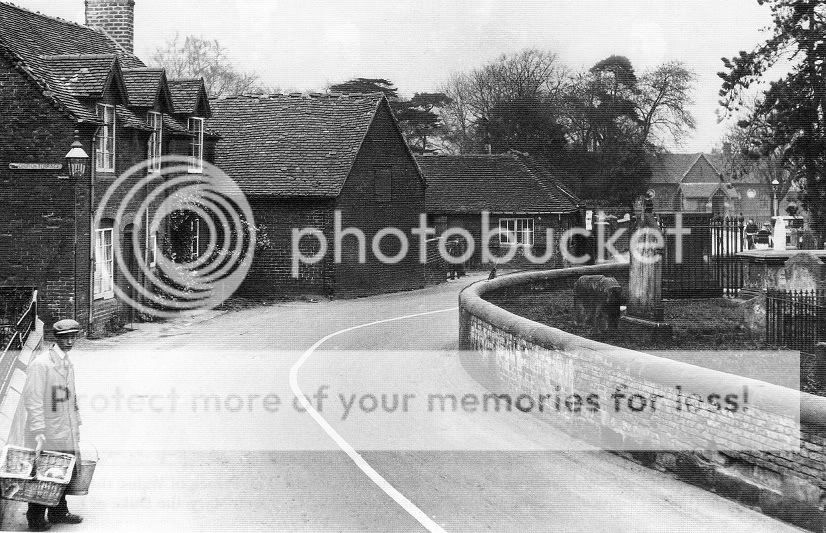DavidGrain
master brummie
A shooting brake was also known as a station wagon in those days.
Shooting Brake - I hadn't heard that description for years. I couldn't resist a Google search and found out a new description 'Woodies'.The car is some sort of shooting brake (as estate cars were called in those days), with the woodwork an obvious forerunner of the Morris Traveller.
Wasn't station wagon just the US term for the same thing?A shooting brake was also known as a station wagon in those days.
Wasn't station wagon just the US term for the same thing?
We used to walk in 2's to stop the other one wandering off. Now they straggle all over the place.They wore nice hats in Newtown Row in 1898 was there a posh school nearby ?

The original pic is in the post https://birminghamhistory.co.uk/forum/showthread.php?t=38737&p=433924#post433924

The wall is still the same but the top is missing and the gravestones have gone and...it's where i live. Wonder if the bodies are still in situ:uncomfortableness:In this 1935 pic in Church Rd Yardley, he looks like he has never seen a camera before... I can see bread in a bread basket, but the pail, is it for milk ? I can see the buildings in the centre of the pic on Streetview and he would probably recognise the middle one today, it has hardly changed although maybe the gravestones have.

The original pic is in the post https://birminghamhistory.co.uk/forum/showthread.php?t=38737&p=431273#post431273



Hi Jimbo - He has a number plate because a petrol engine is driving a small wheel which contacts the back tyre and propels the bike. I can see some sort of throttle lever on his handlebars. Presumably because it was motor driven he had to register it and fit the number plate. The motor was probably like the one in the pic below.oldMohawk. The cyclist appears to have a number/registration plate on his cycle handlebars. Any thoughts? jimbo

